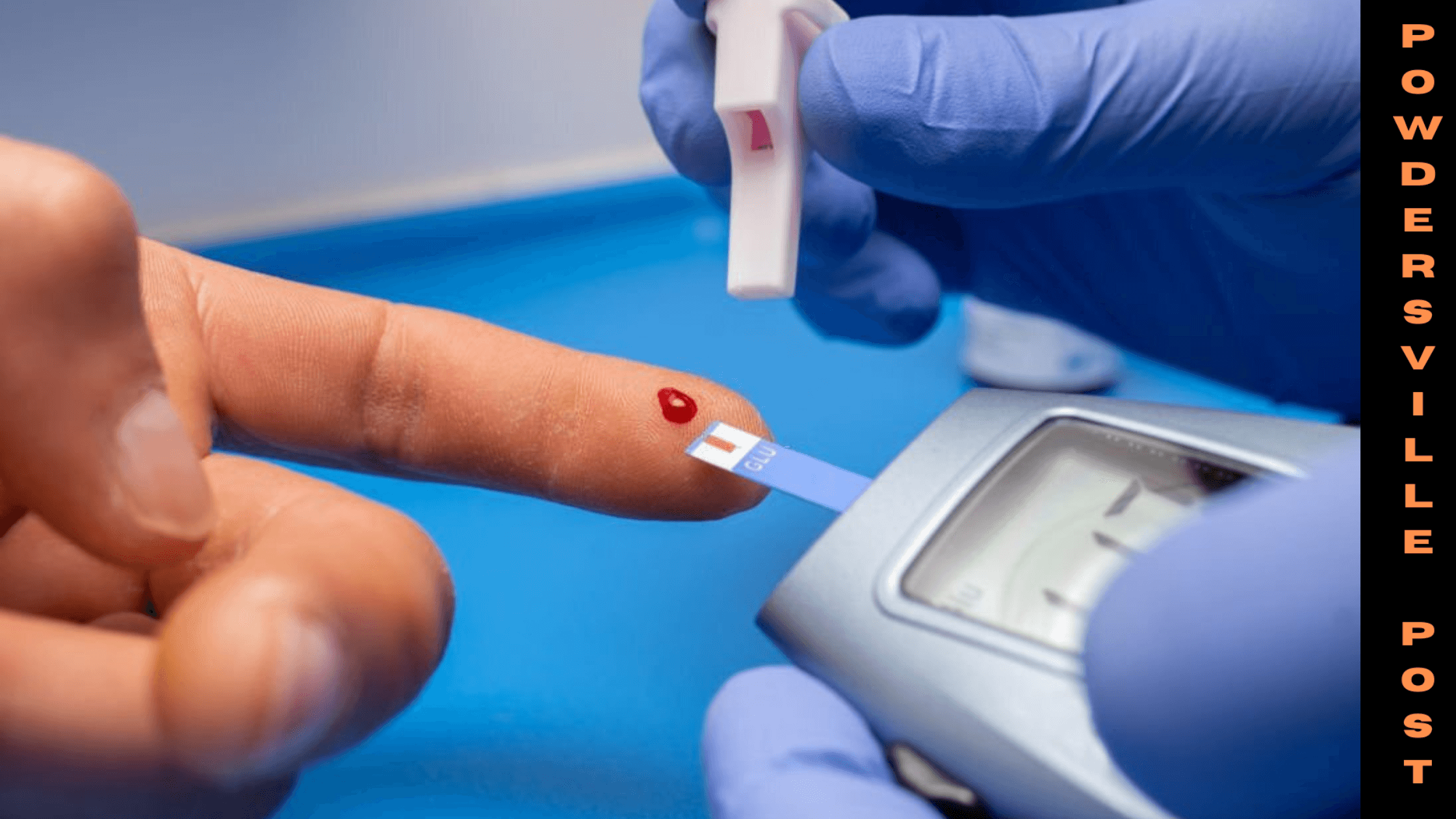Type 1 Diabetes: Researchers Say They Are Close To A Cure
Nikki Attkisson | Last Updated : March 2, 2022Researchers are working on a transplant therapy that is likely to restore the insulin mechanism in patients suffering from type 1 diabetes. The transplant was already successfully done on a 64-year-old man in Ohio, and the patient no longer needs medication to control the insulin and blood sugar levels. However, the body has to accept the transplant in the long run, and medication to suppress the immune system is needed for this purpose.
Type 1 Diabetes: Researchers Say They Are Close To A Cure
Several patients need a pancreas transplant as this is the only way they can manage type 1 diabetes. In advanced stages, this condition can lead to hypoglycemic shock on a regular basis and lead to fatal conditions.

In some people, the body develops resistance to insulin medication, and they no longer work effectively. In that situation, it becomes difficult to deal with the situation. It is not an easy task to get a pancreas transplant done as there is not enough supply.
Researchers are now working to improve stem cell therapies so that there is a reduced need for immune-suppressing medication. In our body, the beta cells produce insulin in the pancreas. Due to immune disorder, these cells are destroyed, which leads to diabetes. Researchers face multiple challenges in the new method of treatment as they have to fight the immune disorder and also control the immune response to not reject the transplant.
One of the approaches the researchers have taken is to put the transplanted cells in a capsule so that the immune system does not harm the cells. The capsules are designed in such a way that it allows oxygen to enter and derive the benefits of the transplanted cells. However, it does not allow the immune cells which are larger to enter the capsule, and this prevents serious immune response to the transplant.
Another approach was to use partially encapsulated cells, and this did not give fruitful results. In this case, the production of insulin was not strong enough to cure type 1 diabetes after the transplant. Researchers are also working on altering the genes in the beta cells to manage diabetes.
In this way, the beta cells become resistant to the immune system, and they are safe to produce insulin in transplanted patients.
The new method of gene editing is a way of tricking the immune system to think that the transplanted beta cells are not harmful. In this way, the body does not need too much immune-suppressing medication that is needed after a transplant.
According to experts, all these methods are under clinical trials, and they are in different stages. Many patients are eagerly awaiting the results of these trials. Researchers hope that some methods are likely to work in the near future, and this can finally provide a cure to type 1 diabetes.
However, it may take another three to four years in order to complete the stem cell therapy research and finally get approval from the authorities. There are many risks to be evaluated, and experts are working on these aspects in order to make the therapy safe for all the patients. It would be interesting to see the response of this therapy in different individuals, and their co-morbid conditions should also be kept in mind while offering the therapy.
Even though some companies have shown successful results in small trials, they need to do clinical trials in large numbers before getting approval from the FDA. If these methods work in clinical trials, it can be a huge sign of relief for millions of patients who have type 1 diabetes.
With over 15 years as a practicing journalist, Nikki Attkisson found herself at Powdersville Post now after working at several other publications. She is an award-winning journalist with an entrepreneurial spirit and worked as a journalist covering technology, innovation, environmental issues, politics, health etc. Nikki Attkisson has also worked on product development, content strategy, and editorial management for numerous media companies. She began her career at local news stations and worked as a reporter in national newspapers.
